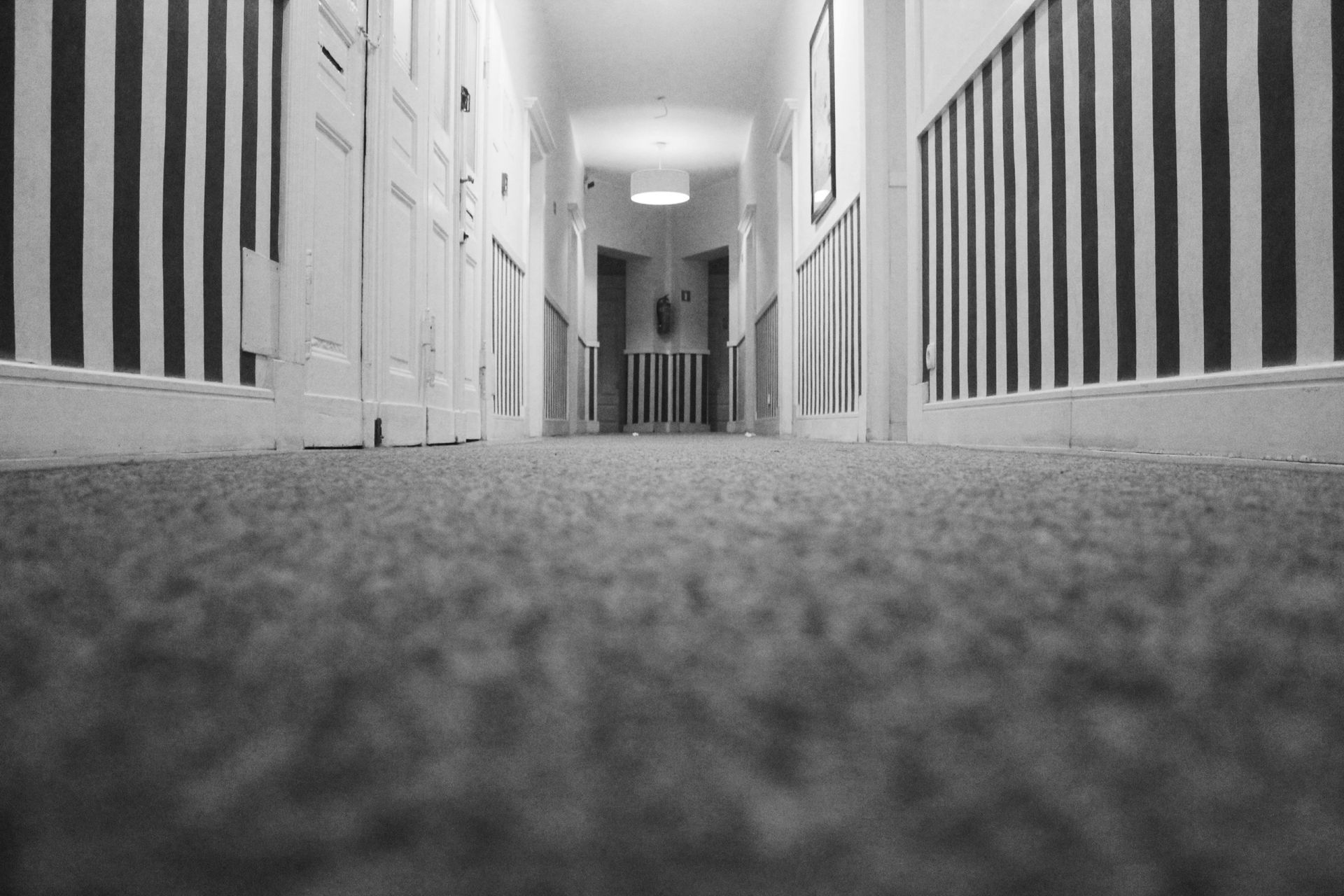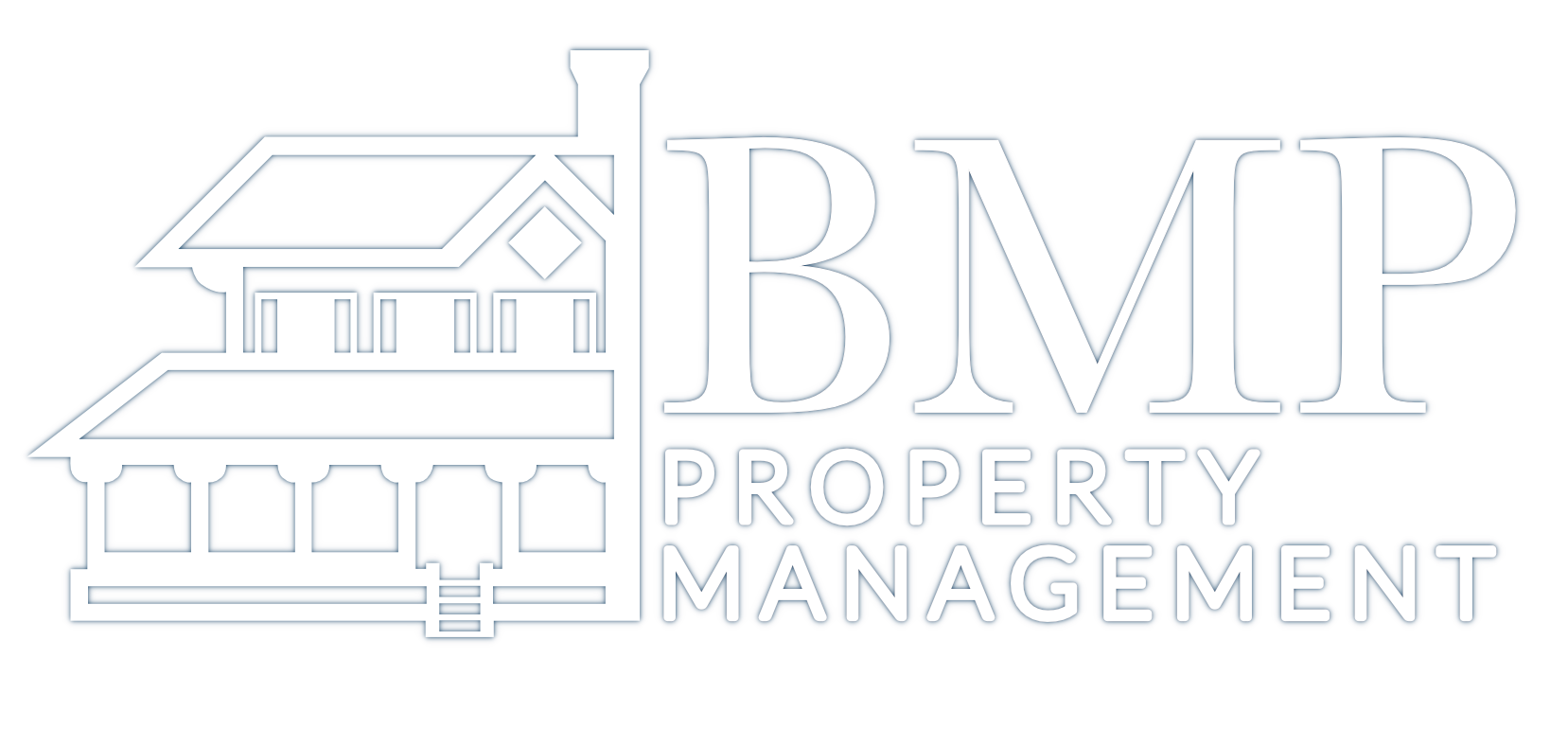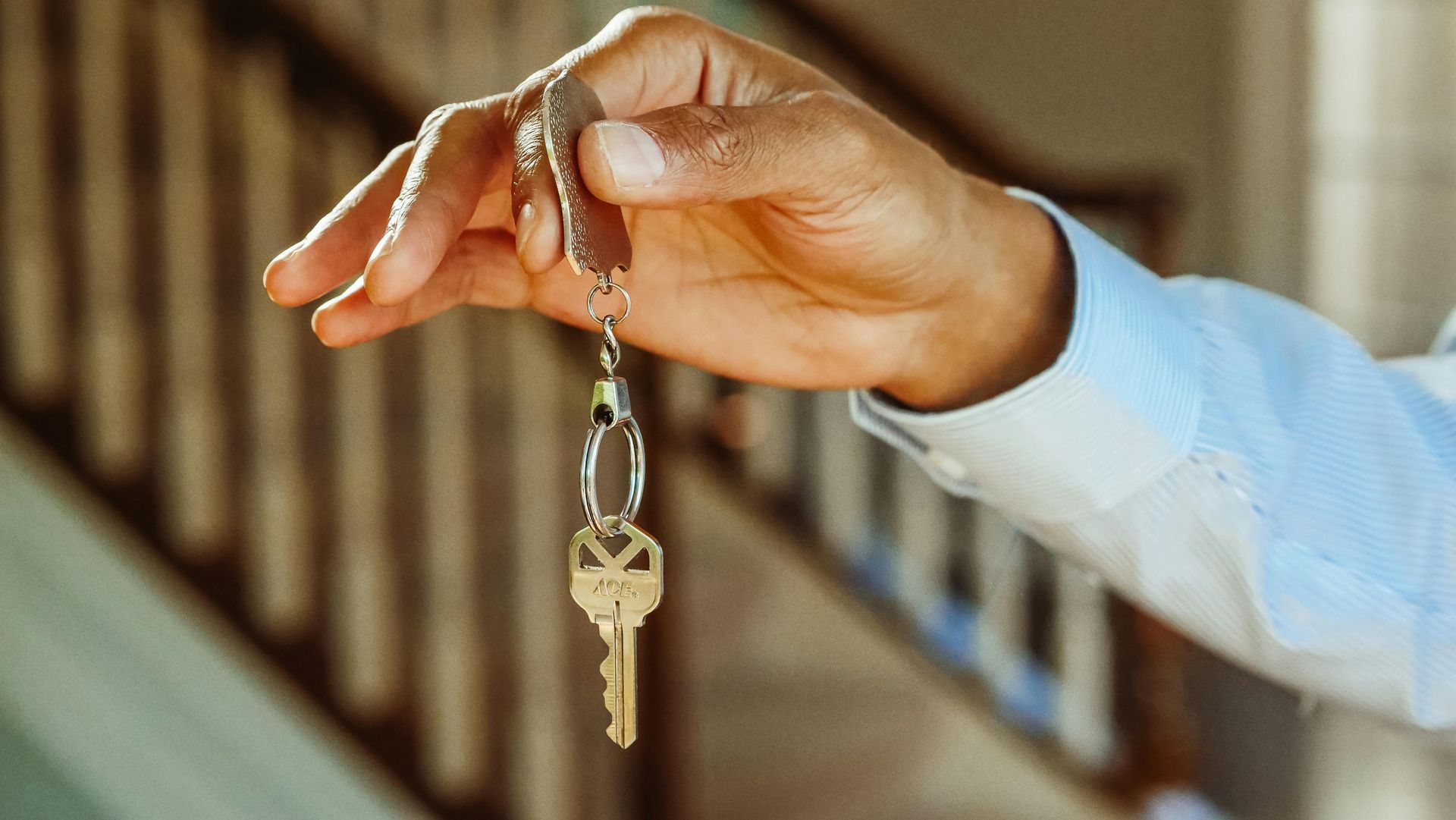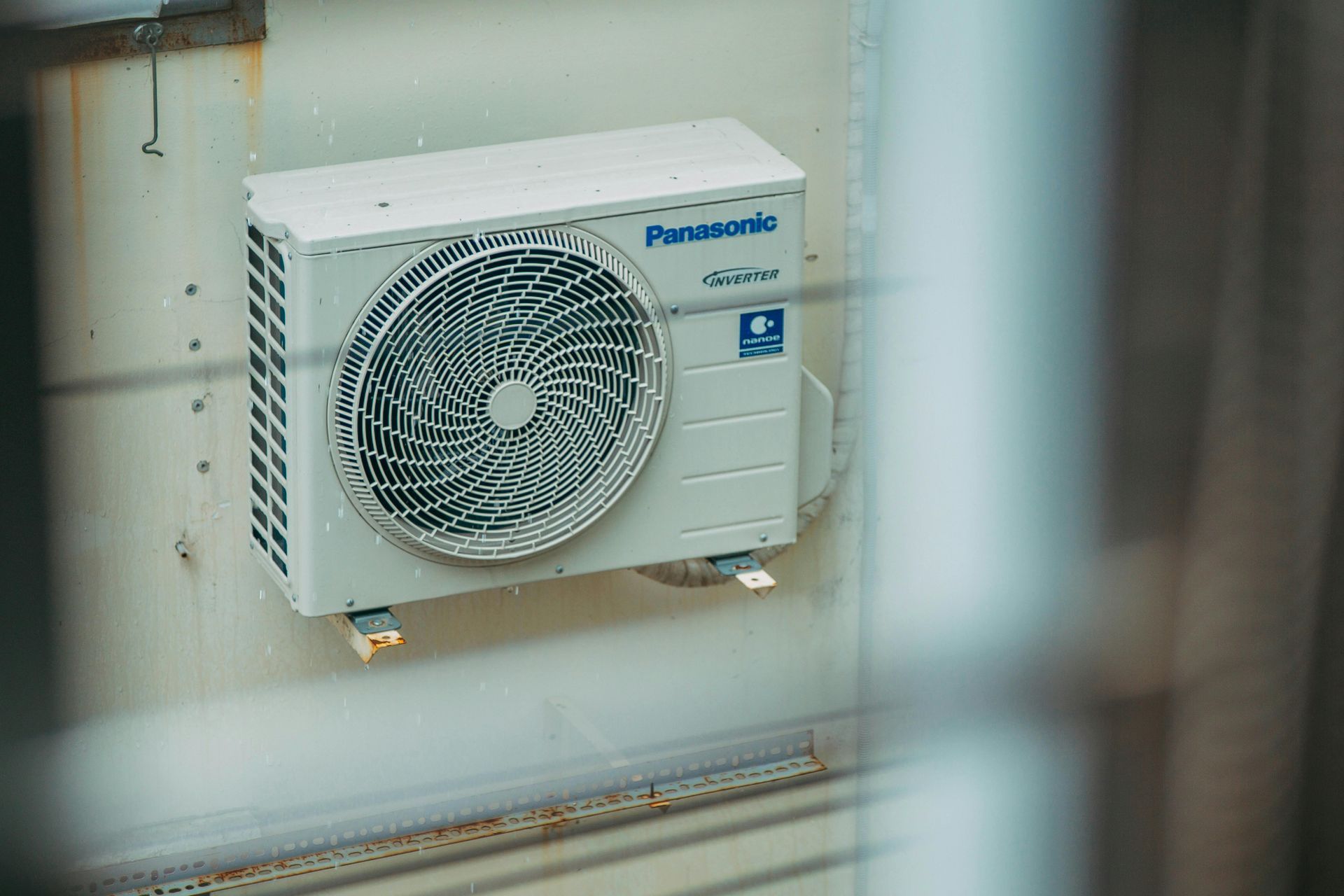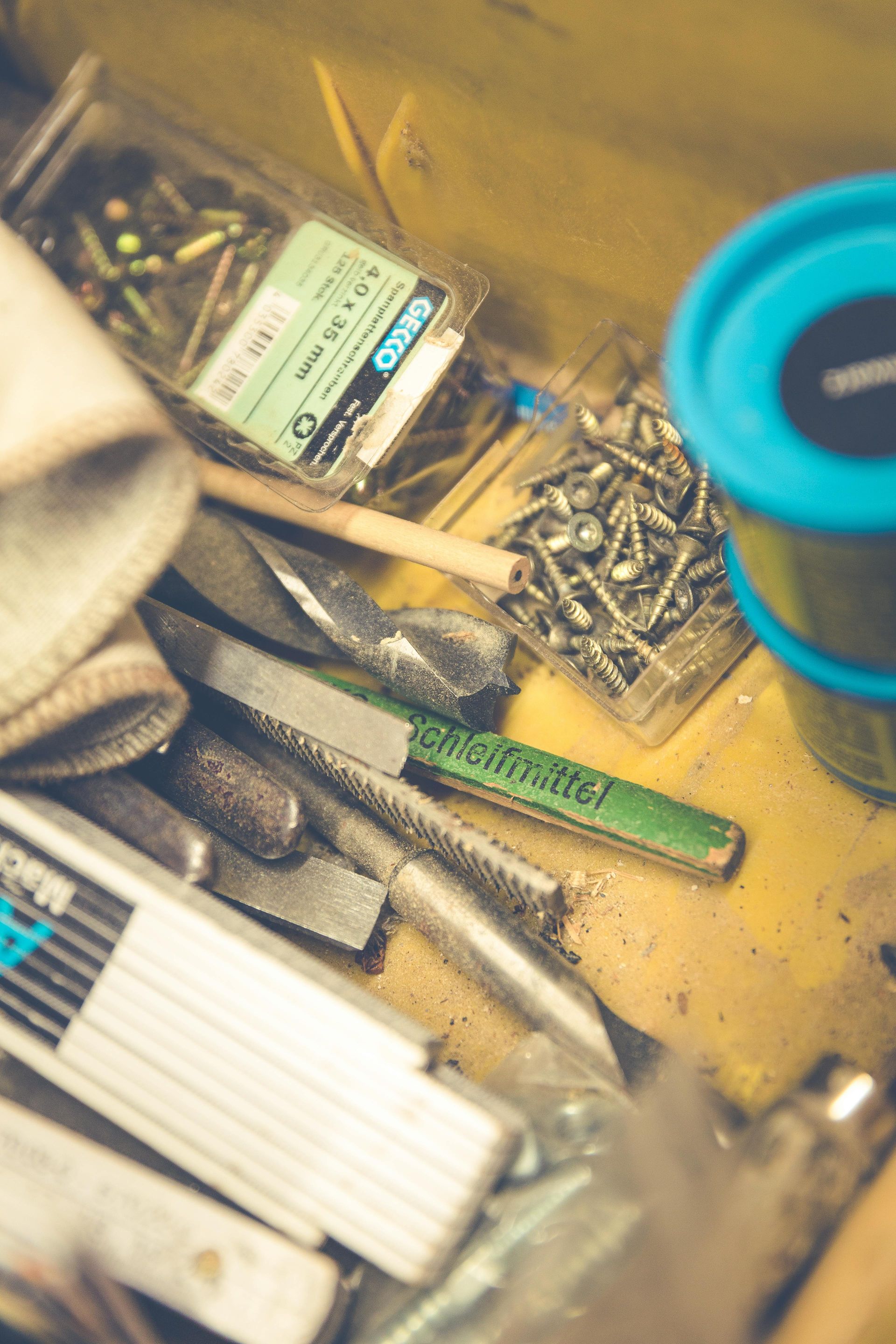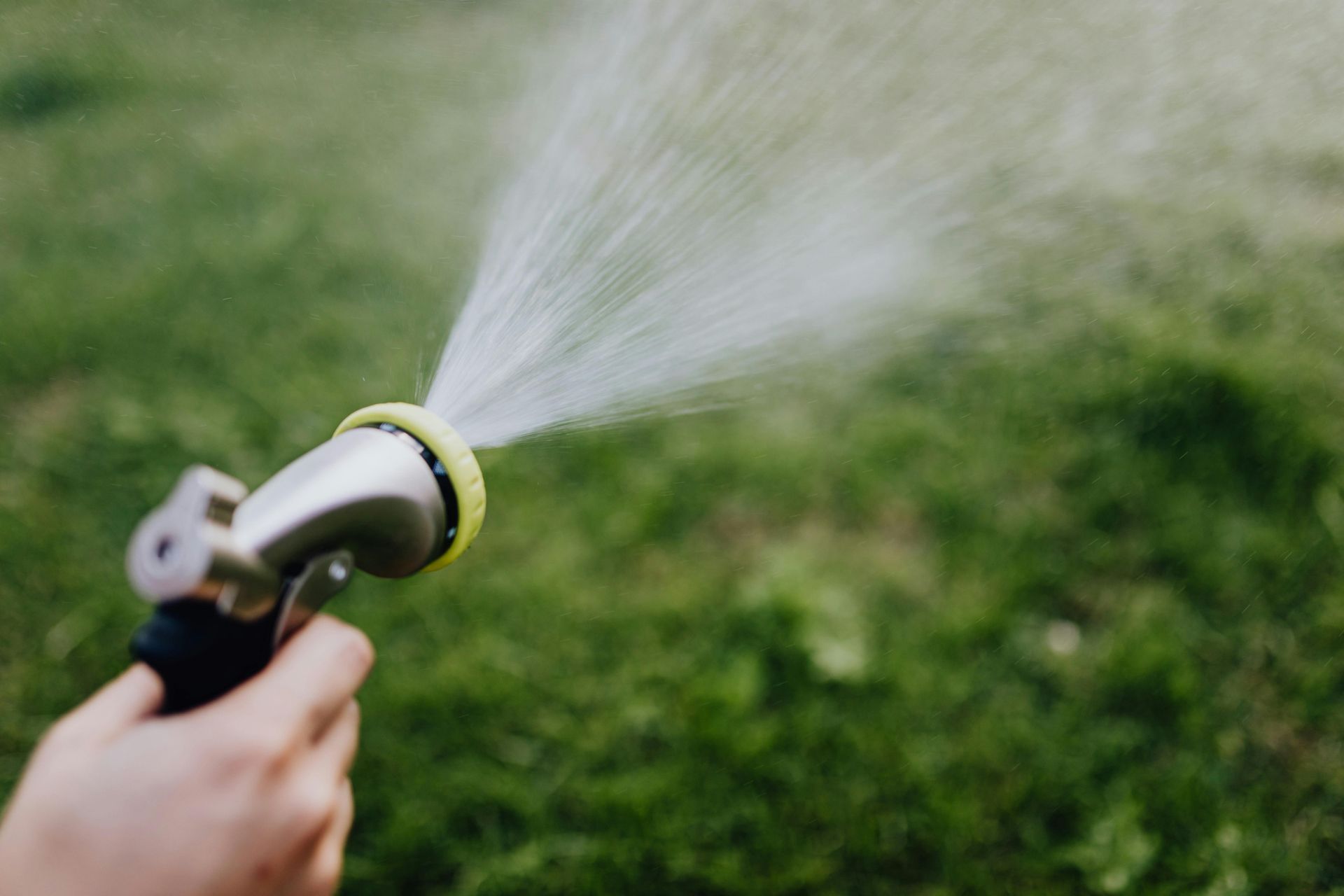Top 5 Ways to Keep Your Home Clean and Pest-Free
Keeping your home clean and pest-free is essential

Top 5 Ways to Keep Your Apartment Clean and Pest-Free
Keeping your apartment clean and pest-free is essential for a comfortable and healthy living environment. Here are the top five tips to help you maintain a spotless home and avoid unwanted critters.
1. Clean Up Food and Crumbs Immediately
Pests like ants, cockroaches, and rodents are attracted to food scraps and spills.
- Tips:
- Wipe down counters and tables after every meal.
- Sweep or vacuum floors regularly, especially in the kitchen and dining areas.
- Store food in airtight containers, and don’t leave pet food out overnight.
2. Take Out the Trash Regularly
Garbage is a magnet for pests, especially when it contains food waste.
- Tips:
- Use a trash can with a tight-fitting lid.
- Empty trash bins daily, or more often if they contain food waste.
- Keep the trash area clean and free of spills or leaks.
3. Address Moisture Issues
Many pests, including cockroaches and silverfish, are drawn to damp environments.
- Tips:
- Fix leaky faucets and pipes promptly.
- Wipe down sinks, bathtubs, and counters to remove standing water.
- Use a dehumidifier in humid areas like bathrooms or basements.
4. Seal Entry Points
Pests can squeeze through even the tiniest openings to enter your home.
- Tips:
- Check for gaps around doors, windows, and pipes.
- Use weather stripping, caulk, or mesh screens to seal potential entry points.
- Report any structural issues to your landlord immediately.
5. Set Preventative Measures
Being proactive can save you time and frustration.
- Tips:
- Use bait stations like D-Con to deter rodents. Always follow product instructions and place them in safe areas.
- Regularly clean behind appliances and in corners where pests might hide.
- If you spot pests, report the issue to your property manager promptly to prevent infestations.
By following these simple tips, you can create a clean, pest-free apartment that’s enjoyable to live in. Remember, consistent effort and good habits are the keys to success!

